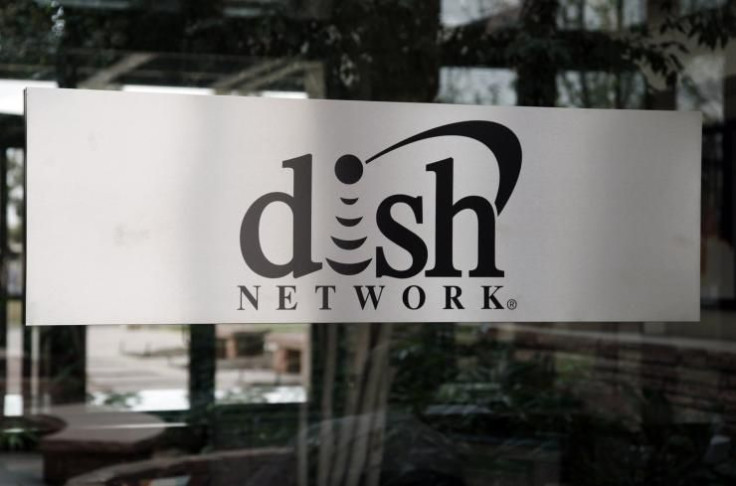Dish Network Cord-Cutting Woes Accelerate In Q3 2015, Highlighting Satellite TV Vulnerability

It’s not a great time to be a satellite company. A year ago, satellite TV provider Dish Network Corp. had 14.04 million subscribers. Today, the company reported in its most recent quarterly earnings that it has 13.91 million subscribers. It lost 23,000 customers in the three months ended Sep. 30, nearly double the losses it suffered in the same three months last year.
That’s not exactly a nightmare scenario for Dish, but when the rate of cord-cutting among cable companies in general is slowing, an increase in the rate for Dish suggests trouble. In the company’s defense, it had a couple high-profile carriage disputes with massive local station groups in August and September, which isn’t helpful when one is still trying to erase the taste of a nasty contract battle with Fox News in January of this year. August saw the company tussling with Sinclair Broadcasting Group over Sinclair’s push to be paid a higher fee per Dish subscriber, which led to 129 local stations going dark for 5 million customers. And fellow station super group Tegna played hardball with the satellite company at the end of September.
Charging providers more to carry a channel is one of the ways that networks are seeking to unshackle themselves from their dependency on advertising dollars as traditional TV ratings decline, and the rapid rise of affiliate fees is only expected to continue. Although Dish has been one of the few providers willing to force showdowns with station owners, the repeated blackouts haven’t exactly made Dish popular with many viewers.
Sling TV Mystery Continues
Like just about every other company with an over-the-top TV service, Dish isn’t breaking out the number of subscribers for its own streaming service, Sling TV, which allows viewers to live-stream certain channels, including ESPN or AMC, for a base price of $20 per month with no cable subscription.
The number of Sling customers could be obscuring the real number of traditional pay TV customers Dish has lost, despite most industry insiders agreeing that Sling hasn’t been the cord-cutting cure-all it was promised to be. Investment analyst firm MoffettNathanson estimates that Sling added 24,000 customers this past quarter, down sharply from the 80,000to 90,000 additions in the previous quarter. “Within another quarter, Sling TV, touted to be their future growth engine, could already be showing net subscriber declines,” senior analyst Craig Moffett wrote in a note to investors.
Further toughening Dish’s row to hoe is its Internet woes. Other pay TV providers like Comcast have managed to capitalize on the surge in broadband demand, but Dish has been left in the dust, despite offering its own wireless Internet service (dishNET). Comcast’s broadband subscribers now outnumber its video subscribers, but Dish lags considerably with only 608,000 Internet customers. The company says it’s investing heavily in satellite Internet, but unless it can find a big wireless provider to team up with, as DirecTV did with AT&T, the odds of ever attracting enough Internet customers to balance out its video losses aren’t great.
Those odds have investors grumbling: Dish’s share price has fallen nearly 3 percent since Nov. 3.
© Copyright IBTimes 2024. All rights reserved.






















